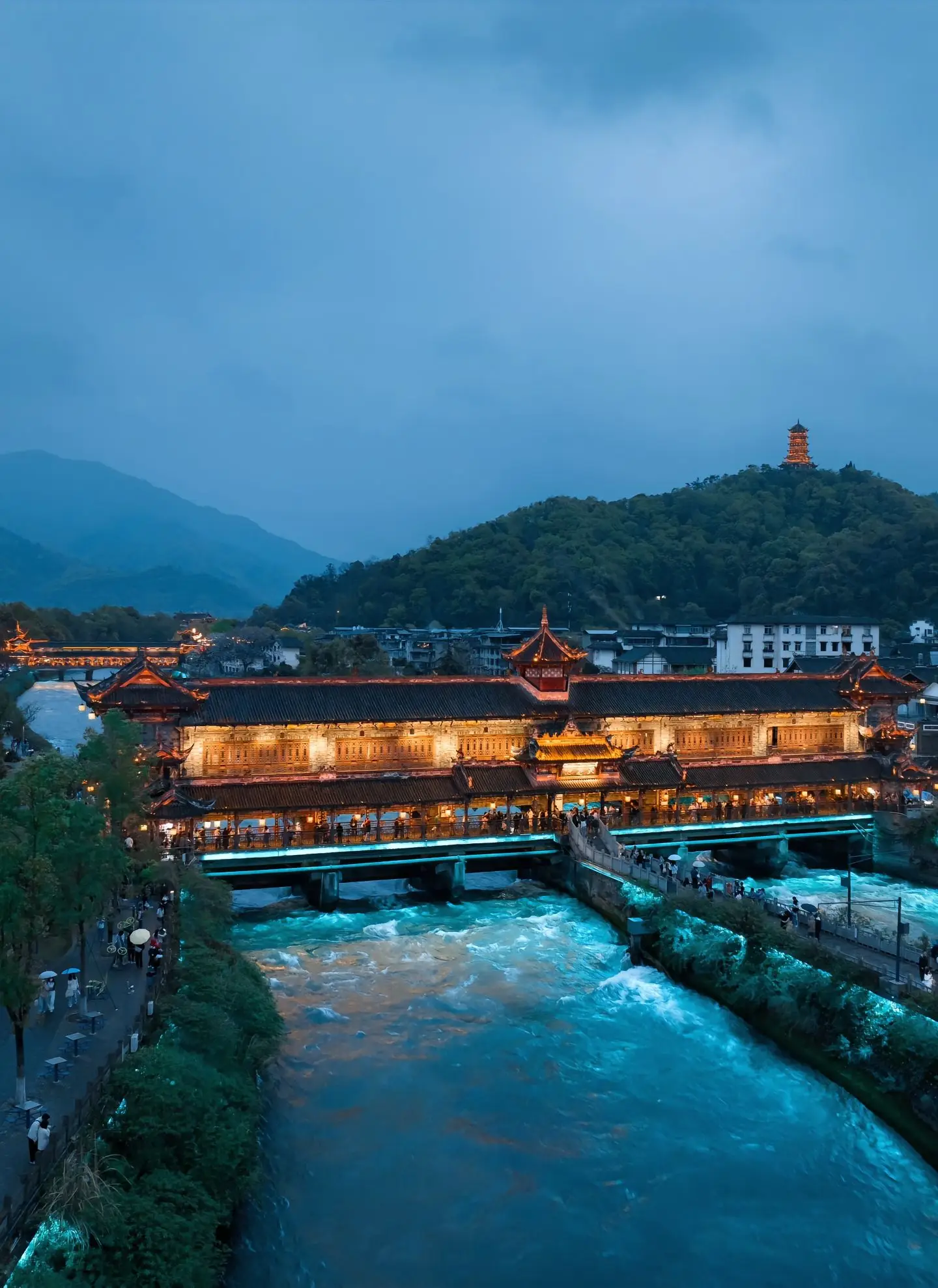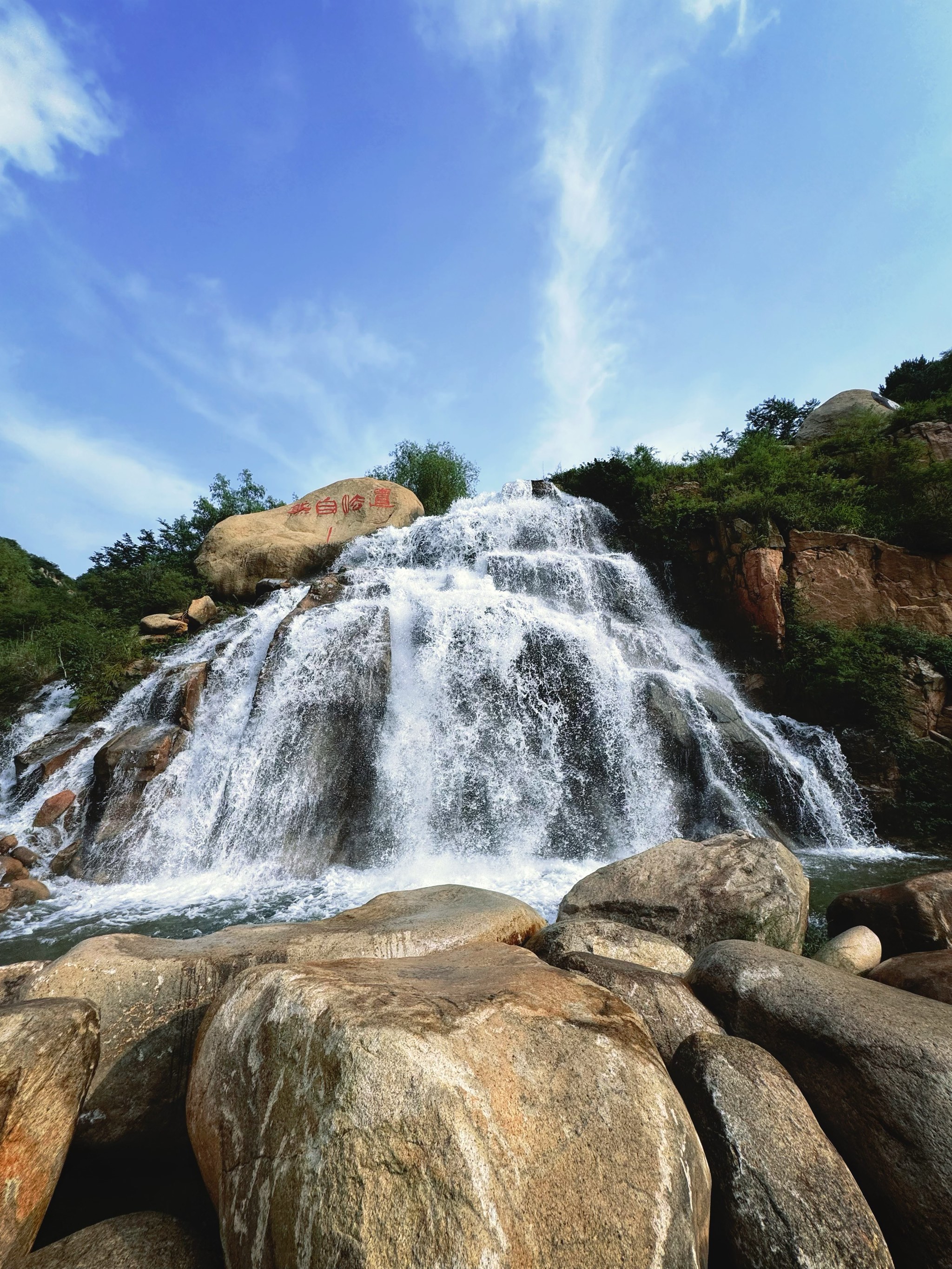So, you're dreaming of that quintessential American adventure. The one you've seen in movies and read about in books. The United States is a vast tapestry of landscapes, cultures, and histories, and its landmarks are the glittering threads that bring that tapestry to life. Planning a trip can feel overwhelming—where do you even begin? This guide is designed to be your friendly travel companion, walking you through the must-see sights and hidden gems, helping you craft an itinerary that's uniquely yours.
Let's start with the icons, the places that define the American spirit. No visit is complete without experiencing at least one of these legendary destinations.
The Grand Canyon is more than just a big hole in the ground. It's a breathtaking spectacle of geological time, a colossal chasm carved over millions of years by the Colorado River. Standing on its rim, you're greeted with a vista of layered red rock that stretches to the horizon, changing color with the shifting sun. For the best experience, consider visiting the South Rim, which is open year-round and offers the most panoramic viewpoints. A truly unforgettable way to see it is by hiking a portion of the Bright Angel Trail, even if just for a mile down and back. The sheer scale is something that photos simply cannot capture.
On the opposite side of the country, the Statue of Liberty stands as a timeless symbol of freedom and hope. A gift from France, Lady Liberty has welcomed millions of immigrants and visitors to New York Harbor. To fully appreciate her, take the ferry from Battery Park. The slow approach, with the Manhattan skyline growing in the distance, is part of the magic. For an extra special trip, reserve tickets to climb the pedestal or, if you plan far in advance, the crown. The museum on the pedestal level offers a fascinating look at her construction and symbolic power. Pair your visit with a stop at the nearby Ellis Island National Museum of Immigration to connect with the personal stories of those who arrived seeking a new life.
In the nation's capital, Washington, D.C., the National Mall is not a shopping center but a sprawling park lined with the country's most revered monuments and museums. You can spend days here and still not see everything. A great way to orient yourself is to walk from the Lincoln Memorial, reflecting on the words of the Gettysburg Address, past the reflecting pool to the Washington Monument. Continue east to the U.S. Capitol building. At night, these marble structures are beautifully illuminated, offering a quieter, more contemplative experience. The best part? Almost all the Smithsonian museums lining the Mall, from the Air and Space Museum to the National Museum of African American History and Culture, offer free admission.
For a touch of presidential grandeur, Mount Vernon offers a glimpse into the life of George Washington. This beautifully preserved plantation estate sits on the banks of the Potomac River. You can tour the mansion, stroll through the lush gardens, and visit the tombs of George and Martha Washington. It’s a comprehensive look at 18th-century life and the complex figure of the nation's first president.
Shifting gears to pure entertainment, the theme parks of Orlando, Florida, are in a league of their own. Walt Disney World Resort is a massive universe comprising four main theme parks, each with its own personality. Magic Kingdom is all about classic fairy tales and nostalgia, while Epcot blends technological innovation with international culture. Disney's Hollywood Studios is a haven for movie and Star Wars fans, and Disney's Animal Kingdom Theme Park combines thrilling rides with a zoo-like experience. Right next door, Universal Orlando Resort brings your favorite movies to life, with The Wizarding World of Harry Potter being a standout, immersive experience that makes you feel like you've stepped into the books and films.
Beyond these world-famous names, the USA is filled with stunning natural wonders and culturally rich cities that are well worth your time.
Yosemite National Park in California is a cathedral of nature. It's famous for its towering granite cliffs, giant sequoia trees, and powerful waterfalls. A great first stop is the Tunnel View overlook, which provides that iconic, picture-perfect view of El Capitan, Bridalveil Fall, and Half Dome. In spring and early summer, the waterfalls are at their most thunderous, with Yosemite Falls being one of the tallest in North America. For a memorable walk, the paved trail to the base of Lower Yosemite Fall is easy and rewarding. If you're an experienced hiker, tackling the challenge of the Half Dome cables is a lifetime achievement, but requires planning and a permit.
Further north, the French Quarter of New Orleans is a sensory delight unlike any other neighborhood in the country. Also known as Vieux Carré, it's a vibrant mix of Spanish and French architecture, live jazz music, and incredible food. Spend your day wandering through Jackson Square, watching the artists and street performers, and touring the historic St. Louis Cathedral. Be sure to try a beignet—a square, powdered-sugar-covered doughnut—at the legendary Café du Monde. As evening falls, head to Frenchmen Street for what many consider the best live music scene in the city, a more local alternative to the bustling Bourbon Street.
On the West Coast, the Golden Gate Bridge is San Francisco's defining landmark. This engineering marvel, painted in its iconic "International Orange," spans the strait connecting the San Francisco Bay to the Pacific Ocean. You can walk or bike across it for stunning views of the city and Alcatraz Island. For the best photo opportunities, head to Battery Spencer on the Marin County side or Crissy Field on the city side. Remember, San Francisco is known for its microclimates, so even on a sunny day, the bridge can be shrouded in a cool, dense fog, which creates a mysterious and beautiful atmosphere.
For a truly unique geological wonder, Monument Valley Navajo Tribal Park, straddling the border of Arizona and Utah, offers the classic image of the American West. The towering red sandstone buttes rising from the flat desert floor have been featured in countless films. This is not a national park but a park situated within the Navajo Nation. The most popular way to see it is by driving the 17-mile scenic dirt road, but for a more in-depth experience, consider hiring a Navajo guide who can take you to restricted areas and share the cultural significance of the land.
Now that you're inspired, let's talk about the practical side of planning your American landmarks vacation. A little preparation goes a long way in making your trip smooth and enjoyable.

First, consider the best time to visit. The United States is a huge country with multiple climate zones. Spring (April-May) and Fall (September-October) are generally ideal for most regions, offering mild weather and smaller crowds. Summer is peak season, meaning popular spots will be crowded and prices higher, but it's also when all attractions are fully operational. Winter is great for ski resorts in the Rockies and for experiencing holiday festivities in cities like New York and Chicago, but some parks, like parts of Yellowstone, have limited access.
Booking your accommodations and tickets in advance is crucial. For popular national parks like Yosemite and the Grand Canyon, lodging inside the park can sell out a year in advance. Even hotel rooms in nearby gateway towns get booked up quickly. For major attractions like the Statue of Liberty crown tour, Alcatraz Island in San Francisco, or the main shows at Universal Studios, tickets should be purchased weeks or even months ahead of time. This simple step will save you from disappointment.
When it comes to getting around, your options depend on your itinerary. For a classic cross-country road trip, a car is essential. The freedom of the open road is a key part of the American travel experience. However, for a trip focused on major cities like New York, Washington D.C., Chicago, or San Francisco, you are often better off relying on public transportation, taxis, and ride-sharing services, as parking can be expensive and difficult to find. For long distances between regions, domestic flights can save a significant amount of time.
Finally, think about how to manage your budget. Traveling in the USA can be expensive, but there are ways to save. Look for city tourist passes that bundle entry to multiple attractions for a discounted price. Eating one meal a day from a grocery store instead of a restaurant can cut food costs significantly. Remember that tipping is a standard practice in the U.S. for sit-down meals, hotel housekeeping, and tour guides, so factor that into your daily expenses.
Ultimately, the best American itinerary is one that reflects your personal interests. Whether you're drawn to the raw power of nature, the pulse of iconic cities, or the pages of history, you'll find a landmark that speaks to you. The most important tip is to be flexible—allow for unexpected detours, spontaneous conversations, and those quiet moments of awe when you find yourself standing before something truly magnificent. Your American adventure awaits.




发表评论